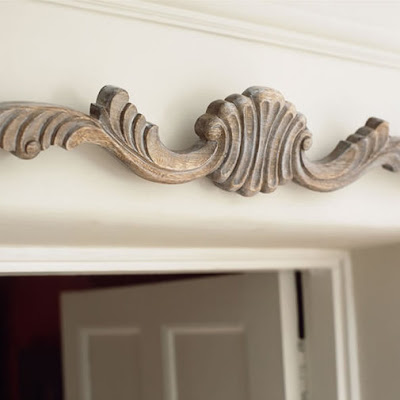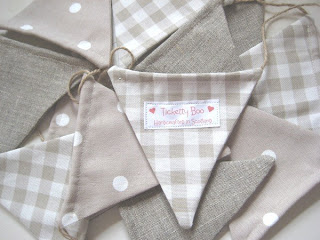The kitchen is so close to being finished. All left now is to get blinds sorted. I am so pleased with how it has tied together, and will upload some pics as soon as I can.
The part of the kitchen that I am by far proudest of has to be the floor that I laid (with a little help from my Pops). I thought I would share with you the process of how to lay floor tiles as it is much more straightforward than I was expecting.
Before anything else its really important to make sure you have everything you need and everything is prepped. You're going to need:
Tiles
 |
Be sure to get a trowel like this, the grooves that it
creates in the adhesive helps
the tiles to adhere. |
Floor Adhesive
Grout
Tape Measure
Chalk
Floor Adhesive Trowel
Tile Spacers
Damp Cloth or Sponge
Tile Cutter
Pencil
Grid Paper
Spirit Level
I would suggest however that if you're going to use expensive tiles get the experts in.
So you have ripped up your old floor, chosen your tiles, and have everything you need. The floor needs to be clean and dry. We're almost ready to start.
1. Before you think about laying a tile though you need to find the
Centre Point of the room. To do this measure all of the sides of the room and chart them on your grid paper to scale.
e.g one square of paper is equal to 10cm.
N.B This isn't essential but I found it a really useful way of visualising everything before I did anything to the floor.
Find the centre of the two longest walls and draw the chalk line across. Repeat across the width of the room. Where the two lines meet is the centre point.
2. Lay 2 lines of tiles along the chalk lines that you have drawn on the floor. Use this to judge by eye if your centre point needs moving up, down or to the side slightly. Use as many whole tiles as you can.
3. So now you know where you're centre point is this is your starting point. Always start from the centre of the floor when tiling, and only tile in one direction at a time. Spread your tile adhesive along one of the corners of the centre point using your trowel. It's best to work in areas of a meter square at a time. Place your tile firmly applying pressure evenly. Place spacers at each corner in between each tile to maintain an equal distance. Use your spirit level to check that you're laying the floor evenly.
4. Repeat these steps until you reach the wall. It is likely at this point you're going to have to cut some tiles. Measure the gap, remembering to leave a gap for grouting either side, and mark this on the back of the tile to be cut with your pencil.
 |
| Our finished floor! |
Please take care when using a tile cutter, and seek advise as to which cutter would be best for your specific tiles.
Don't be disheartened when you break a tile. I say when and not if, because it's going to happen. Even the pro's expect it.
If any tile adhesive spills onto the tiles wipe it off as quick as you can with your sponge or cloth.
Leave the tiles to set for around 24 hours before allowing light traffic. Grout the tiles and leave it to dry for 72 hours before letting them get wet.
I know it sounds like a lot and can be a really daunting process, but once you get started with it, it's really quite straight forward.
Have any of you had any good or bad experiences with DIY?
Trust me, if I can do it, you can too...
Ally
xxx


















































